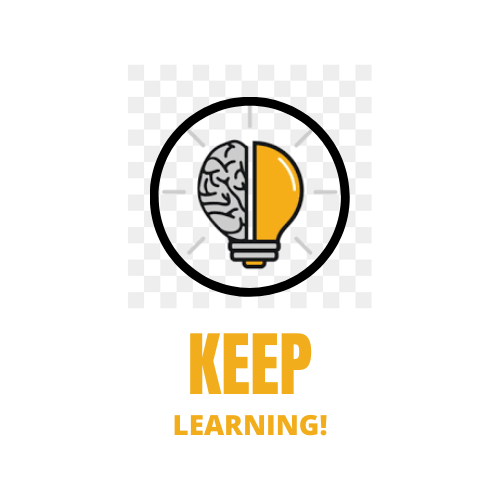Becoming a backend developer requires a combination of technical knowledge, problem-solving skills, and a willingness to continuously learn and adapt to new technologies. A backend developer is responsible for building and maintaining the server-side of an application or website. In this blog, we will discuss the roadmap to becoming a successful backend developer.
Learn a programming language: To become a backend developer, you should have a solid understanding of at least one programming language. Some of the most popular languages used for backend development include Python, Java, Ruby, and Node.js. Choose a language that you are comfortable with and start learning its syntax and basic concepts.
Understand databases: Backend developers work with databases to store and retrieve data. You should have a good understanding of database management systems (DBMS) like MySQL, PostgreSQL, and MongoDB. Learn how to create, query, and update databases, and understand the different types of data structures.
Learn a web framework: A web framework is a software tool that provides a structure for developing web applications. Some of the most popular web frameworks for backend development include Django (Python), Spring (Java), and Ruby on Rails (Ruby). Learn how to use a web framework to build web applications.
Understand APIs: APIs (Application Programming Interfaces) are a set of protocols that allow different software applications to communicate with each other. As a backend developer, you should have a good understanding of RESTful APIs and how to design and implement them.
Learn about caching: Caching is a technique used to store frequently accessed data in memory for faster retrieval. Understand how caching works and learn how to use caching tools like Redis, Memcached, and Varnish.
Security: Security is an important aspect of backend development. You should understand how to secure your application from common security threats like SQL injection, cross-site scripting, and cross-site request forgery. Learn about security best practices and implement them in your applications.
Version Control: Version control is a system that allows developers to track changes made to their code over time. Learn how to use a version control system like Git and understand its basic commands and concepts.
Cloud Technologies: Cloud technologies like Amazon Web Services (AWS), Google Cloud Platform (GCP), and Microsoft Azure are becoming increasingly popular for hosting and deploying web applications. Learn how to use cloud technologies to deploy your applications and manage your infrastructure.
Continuous Integration and Deployment (CI/CD): CI/CD is a software development practice that emphasizes frequent and automated testing, integration, and deployment. Learn about CI/CD tools like Jenkins, Travis CI, and CircleCI and understand how to use them to streamline your development process.
Stay up to date with the latest technologies: The technology landscape is constantly evolving, and as a backend developer, you need to keep up with the latest trends and technologies. Attend conferences, read blogs and books, and participate in online communities to stay updated on the latest advancements.
In conclusion, becoming a successful backend developer requires a combination of technical knowledge, problem-solving skills, and a willingness to continuously learn and adapt to new technologies. By following the roadmap outlined above and staying up to date with the latest trends and technologies, you can become a successful backend developer.














